No matter how fast the society develops, no matter how the views on education, values and attitudes change, we cannot imagine childhood without a fairy tale. And this is absolutely correct, because a fairy tale is simply necessary for the harmonious development of a little man.
When the age of fairy tales comes
You can start reading fairy tales to your beloved baby even when he is in his mother’s stomach. True, the plot of the tale itself is absolutely not important: it is important for the child to hear his mother’s voice and gentle intonations. With the same success, you can read unborn baby articles from women's magazines or "adult" artworks.
In principle, it is possible to read fairy tales to a newborn baby, but it will be much more useful to sing songs, tell cattery and nursery rhymes, read short author’s poems. At this age, rhyme and rhythm is what is needed for the development of speech.
Clickable nursery rhymes:
Closer to two years, the child can already perceive prose, but overloading it with reading long tales with a complex plot is not worth it. The first tales of the baby should be simple and understandable for him. The best option is folk tales, for example, "Turnip", "Teremok", "Gingerbread Man", "Chicken Ryaba". These tales have a linear plot and a fairly simple figurative series.
Present tales come to 4 years. By this age, the baby is immersed in the world of imagination, fantasy and artistic images. He is able to understand the plot, to associate himself with the heroes of fairy tales, to draw some conclusions.
We also read:“A bedtime story” or why can’t gadgets replace a child’s book?
The influence of fairy tales
The main purpose of fairy tales is to tell the child about the structure of the world, about the laws by which life in society is carried out. In other words, fairy tales prepare the child for the future adult life. In addition, fairy tales form moral guidelines, instilling in the child the idea of good and bad, of good and evil.
“Living” the plot of a fairy tale, the child develops emotionally, learns to empathize, enjoy, upset with the characters, looking for a way out of problem situations. It turns out that reading fairy tales for a child is not just a vacation, it is learning in the school of life. That is why parents should seriously and responsibly approach fairy tales in the life of the baby.
If you look at a fairy tale through the eyes of an adult, logically and rationally thinking person, many things seem very dangerous: cruelty, aggression, the death of heroes, cunning and deceit everywhere, indifference of loved ones are seen everywhere in fairy tales.
Sometimes it seems that fairy tales propagate laziness, parasitism, stupidity and other negative qualities. The thing is that you do not need to look at a fairy tale through the eyes of an adult. The fairy tale "talks" to us in a special language - the language of symbols and metaphors. Everything that happens in a fairy tale does not need to be taken literally. Even the most strange and negative things from the point of view of the rational mind in a fairy tale are just a symbol of something. For example, in a fairy tale about a little boy with his finger, parents took the children to the forest. It would seem that it could be worse: adults, instead of solving their problems, get rid of children and send them to death. If we dig deeper, we see that this situation is a symbol of the separation of the child from the parent, which, in essence, is a logical result of growing up. A forest full of dangers is an adult lifestyle in which you have to make decisions, stand for yourself.
Scary tales are not only possible, but also necessary for children to read. Such tales are a kind of "vaccination" before entering adulthood. In real life, people have to endure a lot, and you need to prepare for this from childhood. Through a fairy tale, a child is confronted with an acceptable amount of stress for him, “develops immunity” to it, and thereby prepares to face real circumstances.
A large role is played by fairy tales in the formation of a model of sex-role behavior in a child. No matter how the idea of “unisex education” is propagated, girls and boys, and later women and men, are creatures from different planets; they have different tasks in life, in the family, and in society. Based on this, we can distinguish fairy tales for girls and fairy tales for boys. In fairy tales for girls, the plot develops around the main female character, and in fairy tales for boys around the male hero.
A girl through a fairy tale learns the role of a good housewife, a desired woman and a kind mother. Negative heroines are also important for girls. For example, the evil stepmother in fairy tales is the so-called “social trainer” who criticizes, shows discontent, and punishes. This is a person next to whom such qualities as patience and the ability to forgive are trained, and this idea is well shown in the tale: if the stepdaughter goes into open conflict with her stepmother, she will be left with nothing.
Boys also have their own roles: the role of the breadwinner, the role of a man capable of making decisions, the role of advocate for the weak and the master of his craft. The boy through fairy tales comprehends those male tasks that are entrusted to him by society.
Of course, the division of fairy tales into fairy tales for girls and fairy tales for boys is conditional. Both of them must be read to children of both sexes, because in each of us there is both feminine and masculine principles.
Fairy tales influence the child’s consciousness so much that psychology has developed a whole line of “fairy tales”, in which psychologists work with tales with strong emotions, fears, resentments of the child, and help to build relationships in the family and with peers. Not only a specialist, but also a mother can help a child with a fairy tale. Compilations with psychological tales selected on various topics can be found in any bookstore. Most often in home practice fairy tales from whims, tears, fairy tales for falling asleep are used.
And for magic, and for "educational" fairy tales, the rule is true: for a fairy tale to have an effect, it must be not only read, but also discussed. The older the child, the more complex and in-depth discussions are needed after reading. You can discuss the heroes, their qualities, actions, fantasize on the topic of the plot (what would happen if the hero acted differently). Moreover, if the child does not know how to read by himself, it is important that adults rather than losing devices read or tell the tale.
We also read: personalized tales for your child >>>
What fairy tales to read to children
If you answer this question briefly, we can say that children need to read a variety of and "right" tales. What does this mean?
There are folk and author's tales:Both those and others undoubtedly deserve attention.
- Folk tales evolved over the centuries, and, despite the external simplicity, they all have a deep philosophical, psychological meaning. Of course, first of all, the child needs to be introduced to the tales of his people: this is how he joins the native culture, assimilates national values. However, it is not worth restricting a child only to the tales of his ethnic group, especially in our days when national identity in society is not so pronounced and there is a tendency to globalization.
- Author's tales they are also needed and important, but parents should be more critical towards them, because an author's work is always the result of the subjective perception of life and the personal views of one particular person, and mom and dad may not share them.
As for the signs of a “correct” fairy tale, there are three of them:
- Good always triumphs over evil. This principle does not apply to warning tales, where the fox ate Kolobok, the mouse broke a golden testicle, and the tower collapses. Such tales have a special purpose.
- Shaped row. Listening to a fairy tale, the child identifies himself with the heroes, so their images should be understandable, close and cute to the little man, in addition, a deep meaning should be laid in them.
- Style of presentation. Even folk tales we are now reading in someone’s authoring. The beautiful language of fairy tales fosters an aesthetic feeling in a child and helps the development of speech.
With skillful use, a fairy tale really becomes a powerful tool for raising and developing a child, but you should not chase the educational effect. For a child, reading fairy tales is an exciting game that should be fun.
Read on:
- Bedtime Stories - A Pleasant Bedtime Ritual
- What is better for the child - to read fairy tales or listen to them in audio performance?
- The influence of music on child development
- The impact of modern gadgets on children
- The meaning of the game in a child’s life
The influence of Western cartoons on children

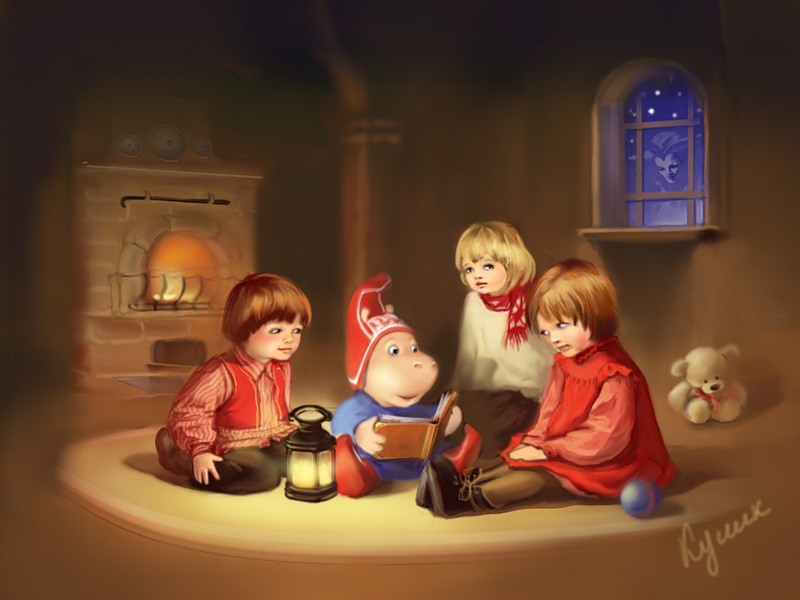
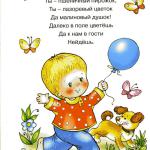
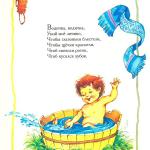

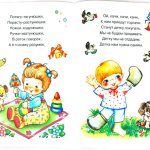
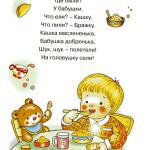
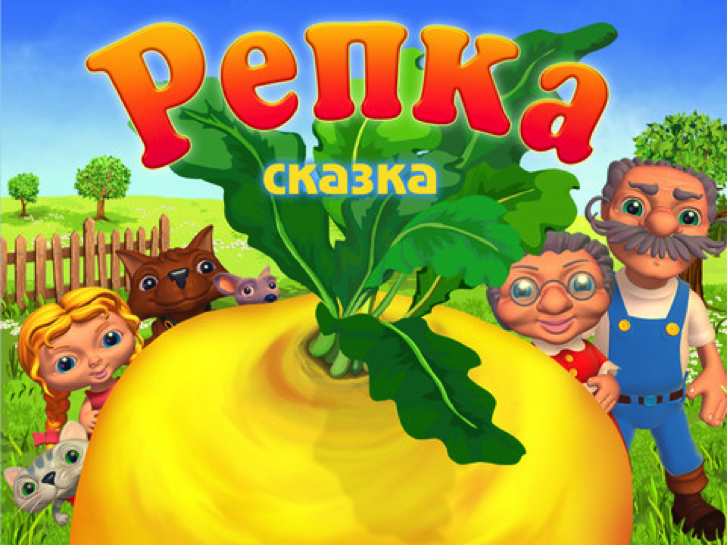
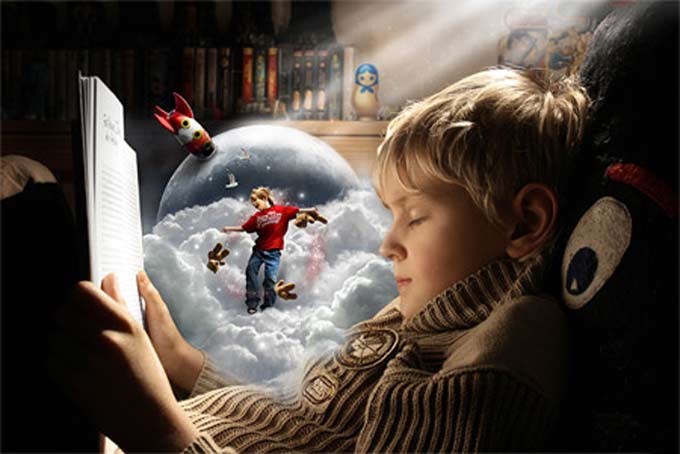
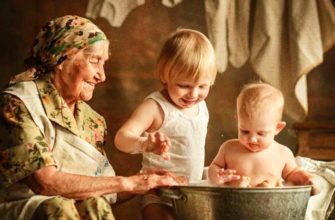
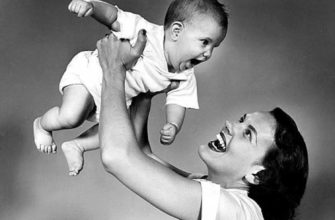




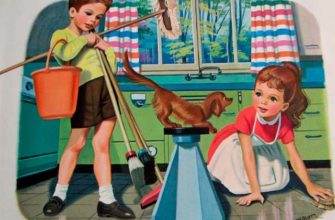

When my husband and I started telling fairy tales to the child, his attitude to the world and what was happening around changed. This was noticeable in his behavior and the adoption of certain decisions. Certainly there is a sense in fairy tales, they direct and train a little consciousness.
As soon as I found out that I was pregnant, I immediately started talking to the baby, telling stories, fairy tales. Now we are already 4 years old, and our little girl herself composes fairy tales, which she later tells us with dad. Constant communication with the child is very important, then in the future it will be easier for him to maintain a conversation with other people.